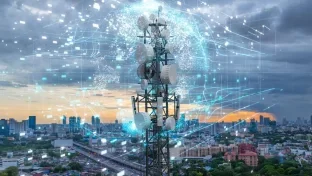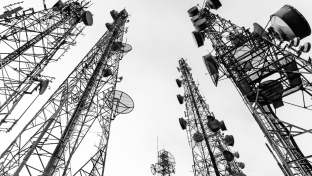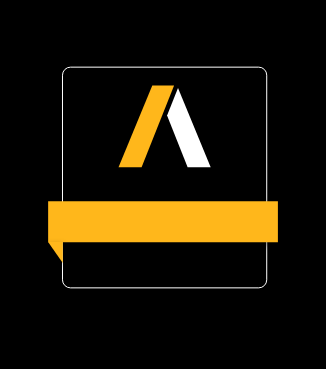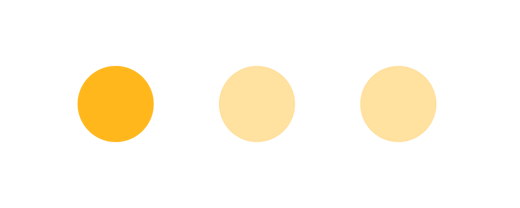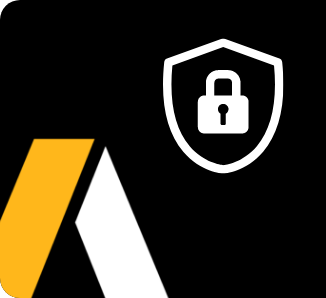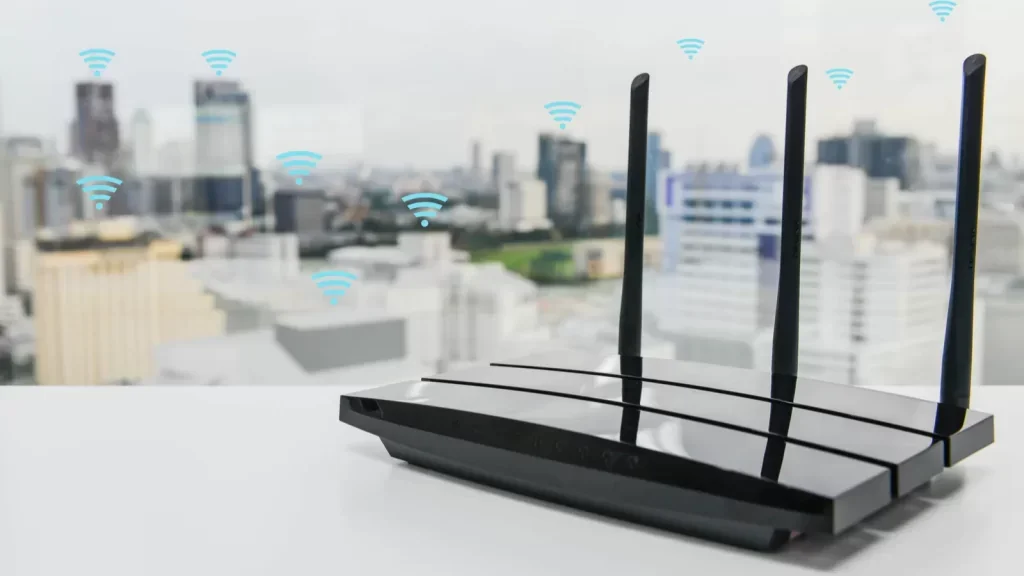
Wireless communications, such as cell phone, Bluetooth, radio, and wi-fi signals, make use of antennas to send and receive electromagnetic waves.Antennas are engineered devices that transition energy from a guided wave such as a microstrip transmission line, or a coaxial cable, into free space, or from free space into a guided wave. These are known as the transmit and receive modes of the antenna. The mechanism by which this transition of energy is achieved is embedded in Maxwell's equations. As we will see, a time-harmonic current (or a current that varies sinusoidally with time) emits radiation in the form of propagating electromagnetic waves. These waves travel outward from the source and, if they are incident on a conductor, they can create currents on the surface of that conductor. This is the science of antenna engineering “ we are designing structures to create specific currents that can radiate electromagnetic signals, and these same engineered structures can be used to convert incoming electromagnetic radiation into currents, which we can then guide into our system for decoding.
A course completion badge allows you to showcase your success. With our badging platform, digital badges can be easily shared in email signatures, digital resumes, and social media profiles, helping you highlight your achievements. The digital image contains verified metadata that describes your participation in our course and the topics and skills that were covered. This badge is for successfully completing the Theory of Electromagnetic Radiation course.
Alternate video link.
-
Cost: FREE
- Course Duration: 1-2 HOURS
- Skill Level: Beginner
- Skills Gained: Electromagnetic radiation, Current source
No reviews available for this learning resource.

